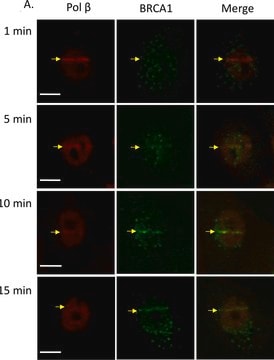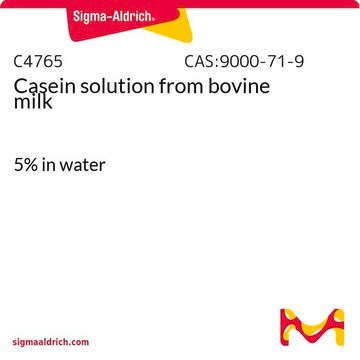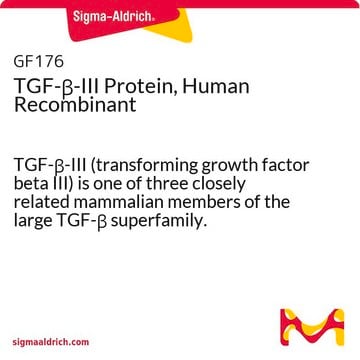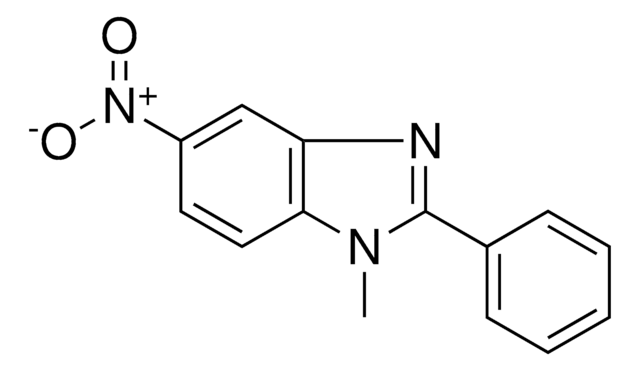14-912-M
TGFBR-1 Protein, active, 10 µg
Active, N-terminal GST-tagged, recombinant, human TGFBR1 amino acids 200–end containing a T204D mutation, expressed by baculovirus in Sf21 insect cells. Purified using glutathione agarose. For use in Kinase Assays.
Synonyme(s) :
TGF-beta receptor type-1, TGFR-1, Transforming growth factor-beta receptor type I, TGF-beta receptor type I, TbetaR-I, TGF-beta type I receptor, Serine/threonine-protein kinase receptor R4, SKR4, Activin receptor-like kinase 5, ALK-5
About This Item
Produits recommandés
Source biologique
human
Niveau de qualité
Produit recombinant
expressed in baculovirus infected Sf21 cells
Poids mol.
Mw 62 kDa
Fabricant/nom de marque
Upstate®
Technique(s)
activity assay: suitable (kinase)
Numéro d'accès NCBI
Numéro d'accès UniProt
Informations sur le gène
human ... TGFBR1(7046)
Description générale
Application
Inflammation & Immunology
Actions biochimiques/physiologiques
Conditionnement
Qualité
Forme physique
Stockage et stabilité
Rapidly thaw the vial under cold water and immediately place on ice. Aliquot unused material into pre-chilled microcentrifuge tubes and immediately snap-freeze the vials in liquid nitrogen prior to re-storage at -70°C.
Autres remarques
Informations légales
Clause de non-responsabilité
Certificats d'analyse (COA)
Recherchez un Certificats d'analyse (COA) en saisissant le numéro de lot du produit. Les numéros de lot figurent sur l'étiquette du produit après les mots "Lot" ou "Batch".
Déjà en possession de ce produit ?
Retrouvez la documentation relative aux produits que vous avez récemment achetés dans la Bibliothèque de documents.
Notre équipe de scientifiques dispose d'une expérience dans tous les secteurs de la recherche, notamment en sciences de la vie, science des matériaux, synthèse chimique, chromatographie, analyse et dans de nombreux autres domaines..
Contacter notre Service technique







